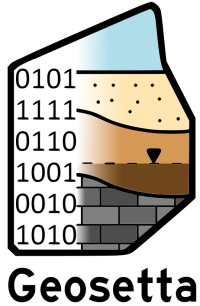
Mission:
Vision:
Non-Profit:
What is Geosetta?
- The Geosetta name gets its inspiration from the concept of a Rosetta stone for Geotechnical data.
- Provides a platform for hosting subsurface investigation/geotechnical data from various publicly funded sources throughout the United States.
- Provides a preliminary understanding of anticipated subsurface conditions.
- Geosetta developed geospatial and visualization tools, with machine learning techniques applied
- Geosetta is NOT a substitute for site-specific subsurface investigation